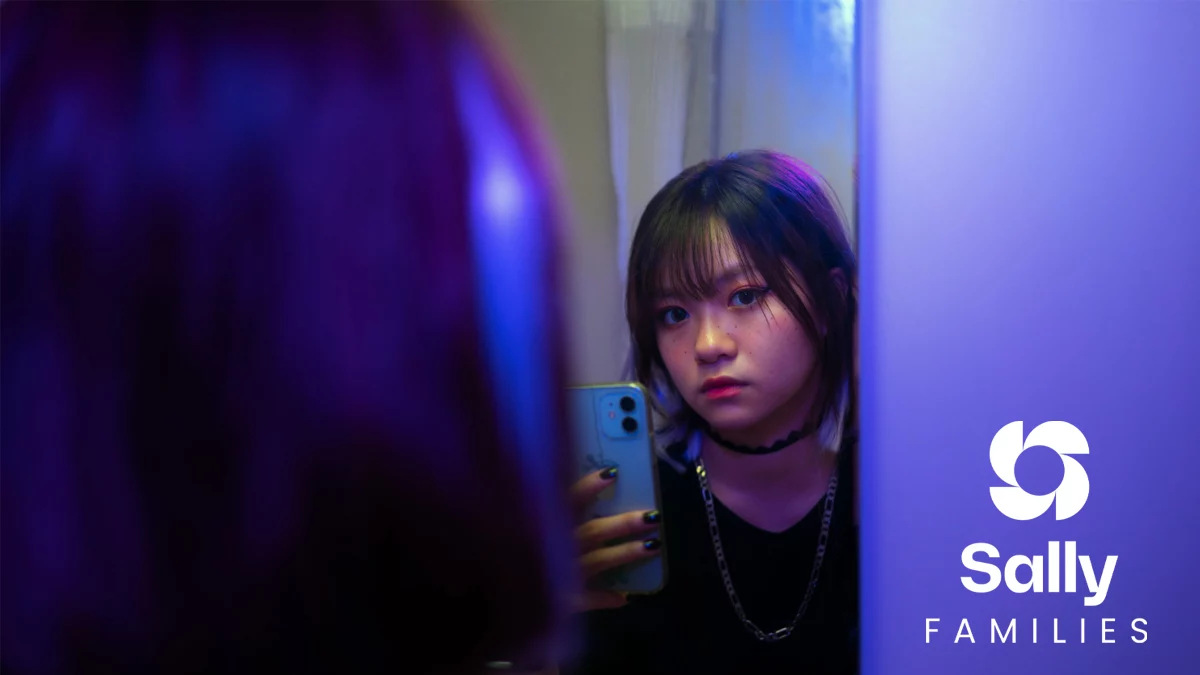
From “Mirror, Mirror” to the Filter Obsession
A few weeks ago, controversy erupted when TikTok launched its Bold Glamour filter. Many people had worn bunny ears on Snapchat, or flower tiaras on Instagram, or had tested how blue hair would look on them. But this new beauty filter, created by artificial intelligence, achieved in seconds what Snow White’s stepmother never achieved in her entire existence: the elixir of beauty.
With astonishing quality, with hardly a hint that the face is not real, the filter erases wrinkles, tightens pores, marks cheekbones, grows eyelashes, removes dark circles, whitens teeth, fills in lips and gives you a makeover at the very least. Other filters also give you freckles or change the colour of your eyes. So far, so good, fun and seemingly innocent. The filter had millions of downloads in a few hours, and thousands of people uploaded their before and after pictures. The problem is that, in the age of social networks, when according to the latest studies, young people and teenagers spend between three and four hours a day on the Internet, what happens on the screen takes very little time to affect real life. And in real life, there are no filters, we have wrinkles and dark circles under our eyes, and we are not so good-looking. And, although we shouldn’t care, we do care. And the problems start.
It’s called Dysmorphia.
Those who cried out against the filter did so by pointing out that it could negatively impact mental health, especially that of the youngest, and could accentuate a disorder that has been growing for some time: Dysmorphia. A disorder that is not new. It was an Italian psychiatrist, Enrico Morselli, who, in 1891, defined dysmorphophobia – later baptized Dysmorphia – as “the subjective feeling of ugliness or physical defect which the patient believes to be evident to others, although his appearance is within the limits of normality”. Until 1980 this pathology was not considered a mental disorder; in the meantime, it was called by various names, among others, hypochondriasis of beauty.
In recent years, amid the maelstrom of a society focused on image, psychologists and psychiatrists have warned of a growing phenomenon that threatens to become an epidemic. Yes, I have more and more cases,” says María Martín Vivar, a Spanish psychologist specializing in children and young people, “and not only girls but there are also more and more boys obsessed with this control of their bodies. I remember the case of a patient who measured the millimetres from his nose to his eyes to check if his face was symmetrical. Also, they are younger now. These disorders used to be around 16, but now we have very young children, 12 or 13 years of age.
As in other mental health disorders, Martín Vivar does not hesitate to talk about the weight of social expectations and demands: “When I talk to my patients, especially young people, I notice social pressure and high demands in terms of physical appearance.
Today everyone is handsome, and many boys and girls think that, if they are not, they will not be liked and they will not be loved”.
Adding to this pressure is the apparent ease with which beauty can be achieved—aesthetics-related services-from, from gyms to apps for finding beauty salons-are growing exponentially. So are the treatments offered by these centres, which started attached to hairdressing salons offering manicures and waxing, and today have become independent, offering a whole range of services from eyelash lifts to Botox. I am shocked by the proliferation of these centres,” says Martín Vivar, “and how access to all kinds of operations that promise a body change is becoming easier. They used to be costly operations, and now they are done for a few hundred euros. The message being sent out is that it is very easy to achieve perfection. Still, the reality is very different, firstly, because an unreal perfection is being sought and, secondly, they are operations that carry a risk”.
In this trend, Martín Vivar also points out the weight of influencers. María Pombo, Laura Escanes, Rocio Osorno, María Fernández Rubies or Teresa Bass are some of the Spanish influencers who have shared with their followers their rhinoplasties, breast augmentation or reduction, lip fillers or Botox sessions to prevent wrinkles. A few weeks ago, actress Anna Castillo referred to this phenomenon: “I come from a generation of actresses who did not have surgery until they were older, and now we are under much pressure because they put spectacular faces in front of you that make you see that you are not so beautiful and you wonder why -if I have always been comfortable with myself- now I have to compete with a standard of beauty that is not me”.
This eagerness for retouching translates into an increase in the number of surgeries. In Spain, around 400,000 cosmetic operations are performed every year. This figure is on the rise. Although these numbers are not reached in Latin America, there is a kind of aesthetic tourism in Argentina and Colombia, the two countries that have developed this industry the most. As for age, plastic surgeons say that, increasingly, younger people come to their consultations asking for impossible things because, if before they went to the hairdresser with a photo of a famous actor or actress to imitate a hairstyle, now they ask the surgeon to reproduce the image they have become accustomed to seeing in their selfies or Instagram stories. Something that turns out to be mission impossible because the image projected by the artificial intelligence is not real. On the other hand, the controversy is served for those who consider that the filters, besides being unhealthy, are racist since the canon they show follows a pattern that mixes races (Asian eyebrows, African-American lips and European nose) but in which Western features clearly predominate.
Everyone gambles
Although social alarm is focused on young people, they are not the only ones affected by this trend. And, in fact, adults -with greater purchasing power- are resorting to more expensive and complex treatments. Depending on the country, women have surgery mainly on the chest and nose, and men on the chin and double chin. Liposuction and treatments to hide the passage of time are frequent for both men and women.
Basically, it is a race against time that can become pathological: “We live in a society that deifies youth and considers old age a pathology,” says Martín Vivar. In my practice, I often see how many people are anxious about getting older, wrinkles or fat. And they obsessively subject themselves to dietary control or excessive physical activity that endangers their health. And the most serious thing is that, deep down, these obsessions are closely related to the lack of self-acceptance, with excessive concern about how others see us.
While both are obsessed, the beauty, fitness, healthy nutrition and cosmetic surgery markets look with satisfaction at their bottom line. Because there are very few, who doubt that, at the bottom of this phenomenon, there is an exacerbated capitalism and consumption and a crisis of values and social references.
One remedy: open the spotlight
Martín Vivar proposes two lines of action to get out of the spiral. “In the youngest, it is important to detect these disorders early, checking whether boys and girls stay at home because they look ugly, after changing their clothes a thousand times, or show excessive insecurity about what others think of them. And, of course, this obsession with physical appearance mustn’t be encouraged by parents”.
In young and old, the key is to broaden the focus. “The magic formula, in the end, is to understand that we are not only image and fill life with more things: friends, family, cultural interests… what makes the combo of a self-confident person. To consider that you are you, above beauty. And I would love to make a social call to understand that gestures, laughter or tiredness, are marked… but these marks are life, they are experienced, there is no need to hide them”.
For the psychologist, just as the networks enhance the obsession with beauty, they can have a positive role in raising awareness of excesses, and, in that sense, she celebrates some actions that show influencers without makeup showing off their real face without filters.
A few months ago, and precisely because of the controversy with the Bold glamour and Teen filters, Dove – a brand whose motto is to defend natural beauty and that has been warning for years about the dangers of digital perfection – proposed with a hashtag (#turnyourback) to turn its back on filters. Some influencers joined the action getting millions of views… Not as many as downloads, but at least it is a drop that can serve to raise awareness about a reality that starts festively (I admit that I had a great time trying filters to write this article), but that can end in a mental health disorder that is not funny at all.
This article was initially published in Aceprensa on June 8th, 2023. We thank the publication and the author, Ana Sánchez de la Nieta, for their kindness.

